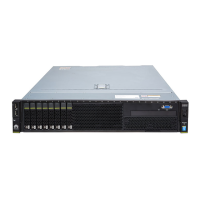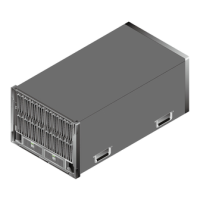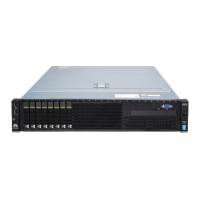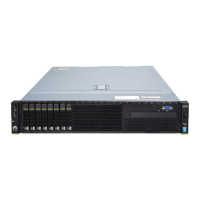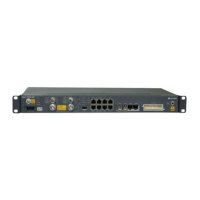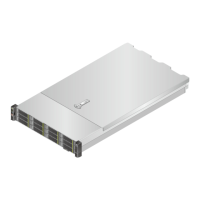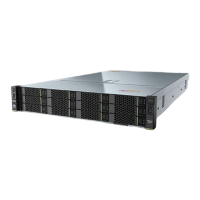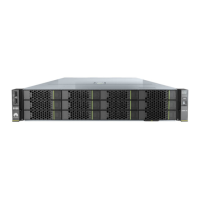Step 4 Run the badblocks -swft 0 drive letter command to erase data from the hard disk.
For example, to erase data from HD1, whose drive letter is /dev/sdb, run the following
command:
badblocks -swft 0 /dev/sdb
Figure 9-36 Erasing data
NOTE
l The drive letters vary depending on the type of the storage media. Confirm the drive letter of the
storage medium before erasing data from it.
l The data erase operation takes time.
l If the badblocks -swft 0 command fails, contact Huawei technical support.
Step 5 Remove the hard disk.
For details, see 7.5 Removing a Hard Disk.
NOTE
After data is erased, do not restart or remove and reinstall the server. Otherwise, data will be reloaded to
the hard disks when the server restarts.
----End
Removing Data from a microSD Card by Using Toolkit
Step 1 Download and decompress the Toolkit package FusionServer Tools-Toolkit-Vxxx.zip, and
obtain the image FusionServer Tools-Toolkit-Vxxx.iso.
Step 2 Log in to the iBMC WebUI, choose Configure > Boot Option, set the boot medium to DVD-
ROM, and click Save.
The Boot Option page is displayed.
Step 3 Open the Remote Virtual Console.
For details, see 9.7 Logging In to the Remote Virtual Console.
Step 4 Click
on the toolbar.
The screen shown in Figure 9-37 is displayed.
Figure 9-37 Virtual DVD-ROM drive
Step 5 Select Image File and click Browse.
The Open dialog box is displayed.
5288 V3 Server
User Guide
9 Common Operations
Issue 26 (2018-11-19) Copyright © Huawei Technologies Co., Ltd. 274
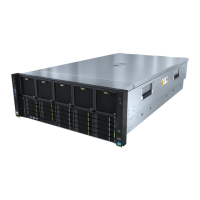
